Although historians disagree on the exact dates, Bible stories were probably set in the time period of around 4000 BC to 100 AD, from Genesis to the Gospels. Although a religious text, the Bible offers glimpses into the diets of ancient civilizations living in and around the Middle East at this time. Here are 18 biblical foods modern people still enjoy today.
Bread

NPR reports that humans have been making bread for at least 14,000 years! So, it’s not surprising that bread was a staple food during the time of the Bible stories, and they contain several references to wheat flour and bread. Genesis 18:6 recounts Abraham offering bread to visiting angels, showing that it was also probably crucial in showing hospitality.
Grapes
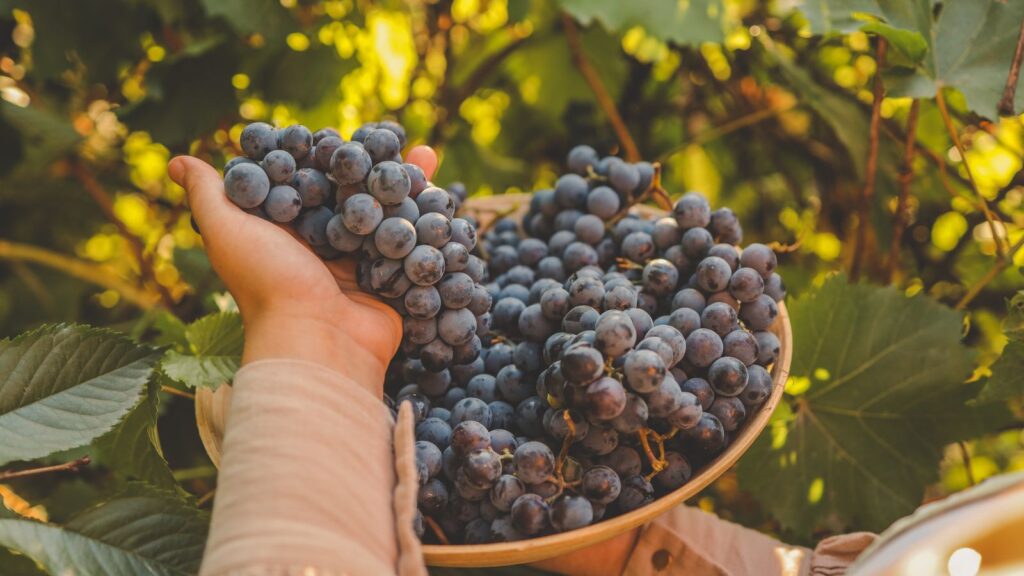
Grapes are a symbolic fruit in the Bible, representing abundance and prosperity. They were explicitly mentioned as being included in the bounty from the Promised Land that was presented to Moses as proof of its abundant food (Numbers 13:27). Today, we still eat grapes fresh, dried, and fermented into wine, an important beverage in the Bible.
Olives
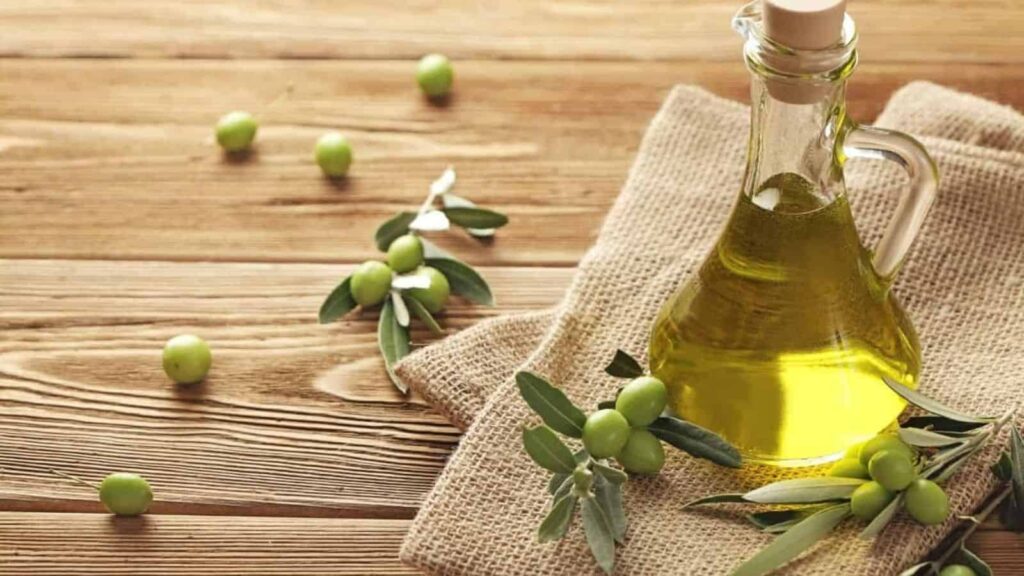
Olive trees are native to the semi-arid climates bordering the Mediterranean, so people in the Middle East have had access to olives and olive oil for thousands of years. They’re mentioned a lot in the Bible as a source of food and fuel and in religious practices. The parable of the Good Samaritan (Luke 10:30–37) features olive oil as a soothing balm.
Honey

Before processed sugar became cheap and abundant, people relied on natural sweeteners like honey and fruit juices. Honey is mentioned throughout the Bible as a symbol of sweetness and prosperity, and it would’ve been a valuable food eaten only by the rich. The Promised Land is described as “a land flowing with milk and honey” (Exodus 3:8), highlighting its bountiful nature.
Figs

According to BlueBook, Egypt and Iran are among the world’s top producers of figs, highlighting that biblical regions have a climate well-suited to their cultivation. Figs are a prevalent fruit in the Bible, representing abundance and survival. In Kings 20:7, Isaiah says, “Take a cake of figs” to help an ailing person. Today, figs are still enjoyed, either fresh, dried, or preserved.
Lentils
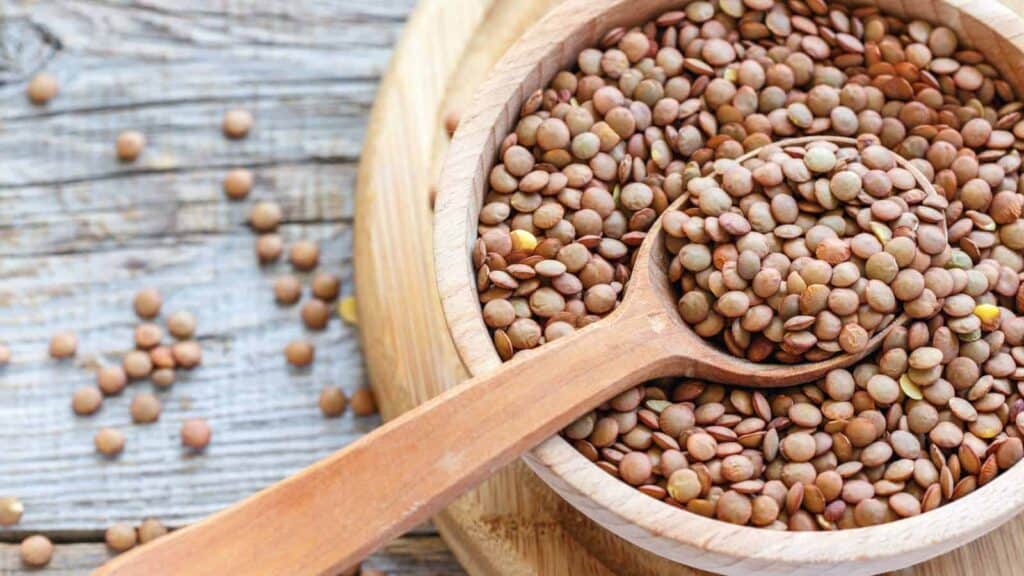
Lentils are a great, affordable source of protein and fiber, and they’re mentioned in the Bible when Esau sells his birthright to Jacob for a bowl of lentil stew (Genesis 25:29–34). Lentils feature in many modern Middle Eastern dishes, including Lebanese Mujadara, but have also spread worldwide in soups, stews, salads, and plant-based alternatives.
Dates
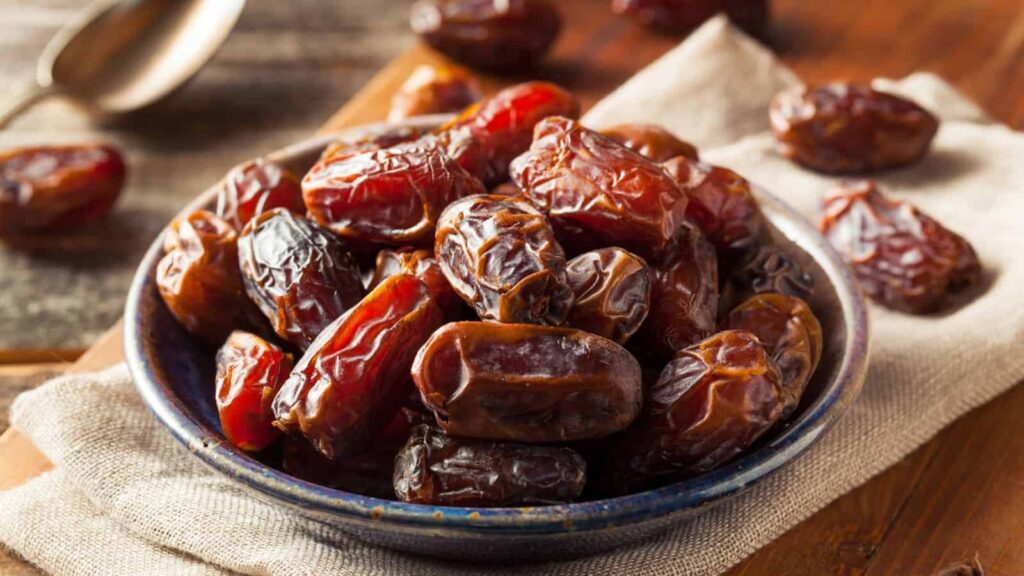
In 1 Chron 16:3, it is written, “And he distributed to every man of Israel, both men, and women, to each a loaf of bread, a cake of dates, and a cake of raisins.” Dates grow well in the Middle East and would have been a staple food for ancient peoples, mainly due to their intense sweetness when dried. They’re now used worldwide as a nutritious and versatile ingredient.
Almonds
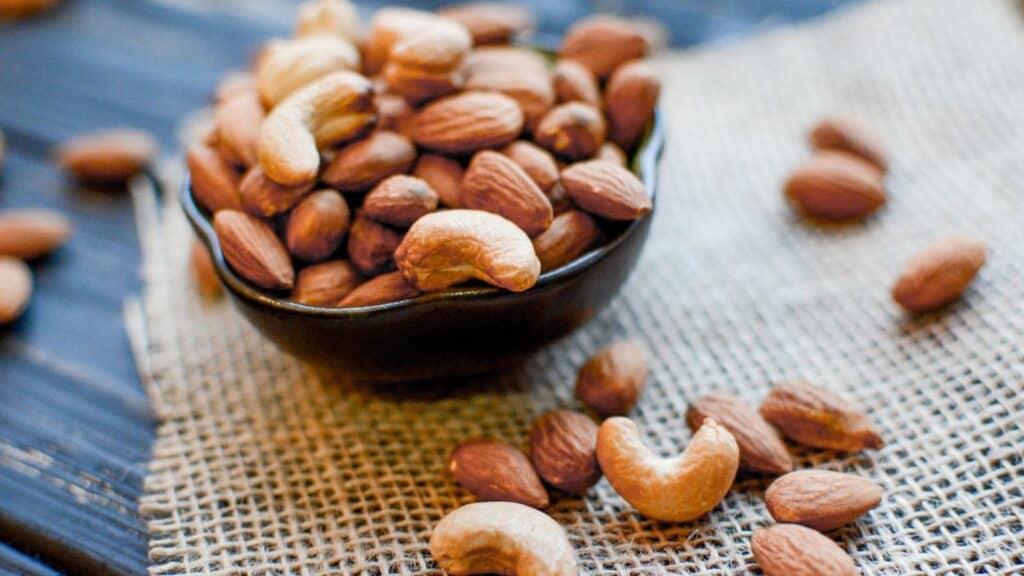
Almonds would have been a popular food in biblical times. They are rich in healthy fats and energy and easy to store for long periods of time. In Genesis 43:11, Jacob sends almonds as a gift to Egypt, along with other foodstuffs. Today, they’re a popular addition to both sweet and savory dishes and are also enjoyed alone, often roasted and/or salted, as a healthy snack.
Chickpeas

Chickpeas are a high-protein legume popular in Middle Eastern cuisine, in foods like hummus and falafel, and are now consumed all over the world. A paper in Brill asserts, “Chickpea is an ancient crop in Israel, mentioned in the Bible (Jessaiahu 30, 24),” and it’s likely that Jesus and other historical figures of the time ate hummus, then called “hometz.”
Milk

Although the dry climate of the Middle East isn’t suited to dairy cow farming, milk can come from alternative animal sources, including goats and sheep (both common in the region). Milk is often used to symbolize nourishment and fertility in the Bible and is said to flow in the Promised Land. In modern times, cow’s milk is the most popular worldwide, but biblical milks are still enjoyed.
Fish

Even non-religious people are familiar with the story of Jesus feeding the five thousand with five loaves of bread and two small fish (Matthew 14:15–21). Although the specific fish species can only be guessed, fish remains a popular food globally, and many Middle Eastern recipes still use it. Popular choices are mackerel, sardines, tuna, barracuda, freshwater tilapia, and Nile perch.
Onions

Onions are mentioned in the Bible in Numbers 11:5 when the Israelites lament the lack of onions in the wilderness. They were likely an affordable, versatile ingredient in many dishes, and they remain hugely popular in almost every cuisine worldwide. Despite being cheap and long-lasting, onions add flavor and bulk to various modern dishes.
Cheese

Where there’s milk, there will be cheese—a fermented milk product used to improve the shelf-life of milk before the days of refrigeration. In the Bible, Job 10:10 refers to curdling milk to make cheese, and this technique is still used today, although on a far greater, industrialized scale. Cheese is a popular addition to many modern cuisines, from European to Indian.
Eggs

Hens don’t need much grazing, so they can easily be reared in the more arid climates of biblical regions. In the Bible, Job 6:6 asks, “Can something tasteless be eaten without salt, or is there any taste in the white of an egg?” Today, eggs are still eaten there and in every other region worldwide as a versatile, nutritious, and long-lasting protein source.
Pomegranates
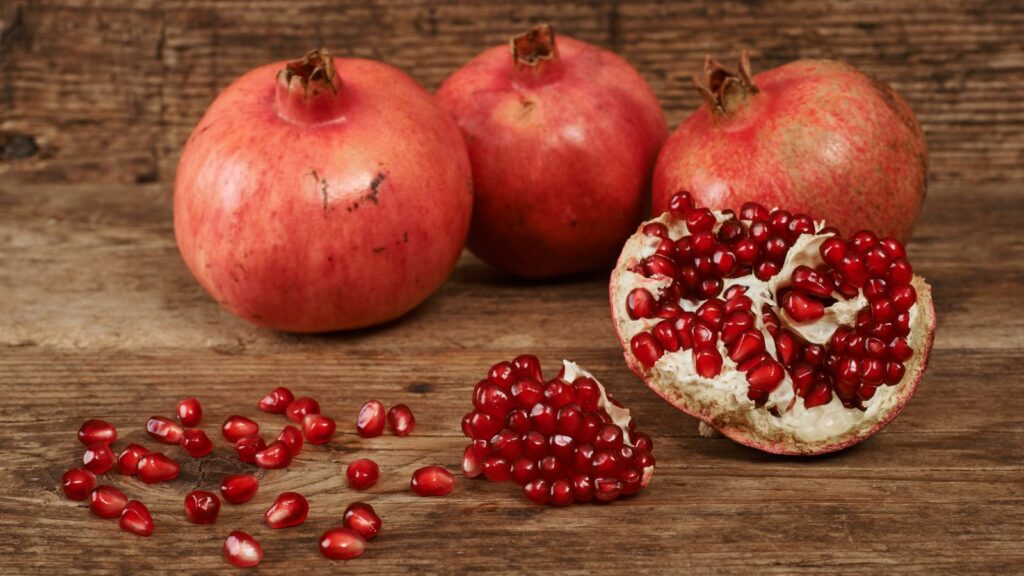
Although native to the region from Iran to the Himalayas, Kew Gardens says these sweet red fruits quickly spread to similar climates, including modern-day Israel and Mediterranean countries. They’re a symbolic fruit in the Bible, representing abundance, fertility, and eternal life. The Song of Solomon 4:3 mentions pomegranates, among other desirable fruits.
Yogurt

You can make yogurt from any milk, including that from sheep and goats. Although the name yogurt isn’t used in the Bible, the earliest Israelites were said to mix soured milk with honey, dried fruits, and nuts. This is likely an early reference to yogurt. It is now eaten everywhere and is a valuable, low-fat source of protein and calcium that often has probiotic benefits.
Meat
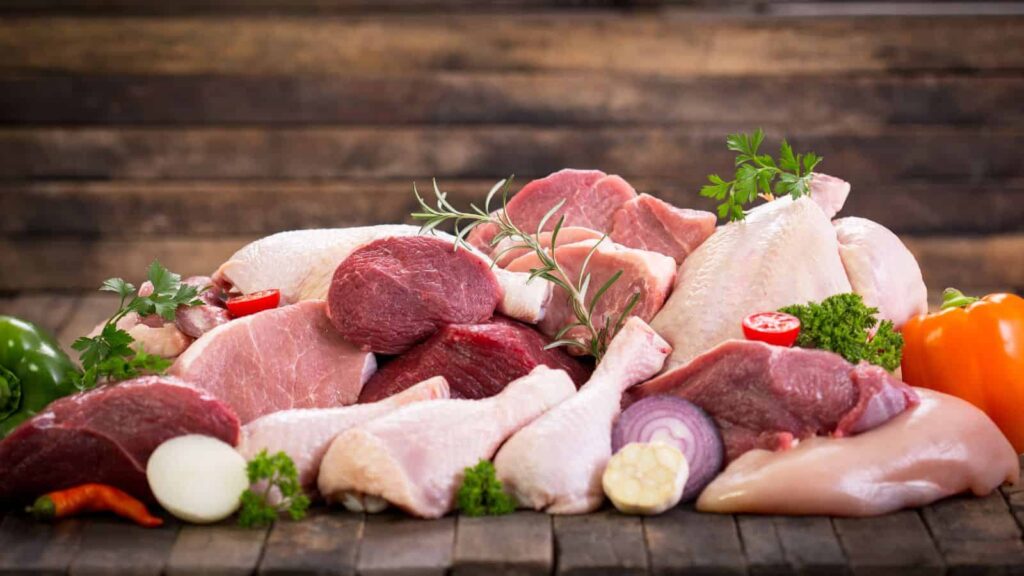
Humans have been eating meat since before they were technically humans, so of course, it was a component of ancient diets in biblical times. Meat from various animals is mentioned in the Bible, often associated with sacrifices and celebratory feasts. Leviticus 11 outlines rules for the consumption of kosher meat, which probably originally referred to either sheep or goat.
Garlic
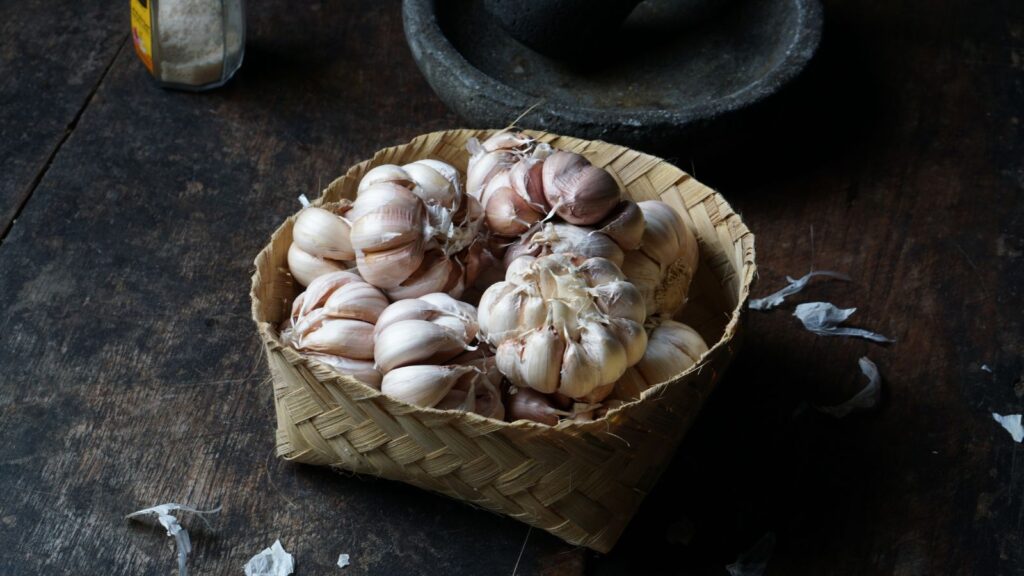
This pungent bulb is associated with many modern cuisines, including Italian and Asian, but it is also a common component of modern Middle Eastern dishes. Garlic was eaten in biblical times and is mentioned in Numbers 11:5 when the Israelites are searching for food in the wilderness. Garlic remains a flavorful and versatile ingredient with many documented health benefits.
Up Next: 18 Reasons Why Men Get Grumpier As They Age

You might read this and be able to relate, or you may feel you’ve become grumpier the older you’ve gotten. Or maybe you know of a male friend or relative who has. Here are 18 reasons why men get grumpier as they age.
18 Reasons Why Men Get Grumpier As They Age
17 Products Millennials Refuse to Buy and It’s Affecting the Economy

Millennials have been the center of so much media attention due to their spending habits. Their unique ways of spending have built up and crushed many traditional industries. In this article, we look at 17 things millennials stopped buying and how that has impacted society.
17 Products Millennials Refuse to Buy and It’s Affecting the Economy
Where Even Truck Drivers Won’t Stop

Truck drivers tend to be hardy souls—well-seasoned travelers who aren’t often afraid to rest up or refuel in risky locations. However, there are certain U.S. locations that even the most road-weary trucker refuses to stop at for fear of criminal activity or natural dangers. Here are 17 such locations that even experienced truck drivers approach with trepidation (or not at all).

